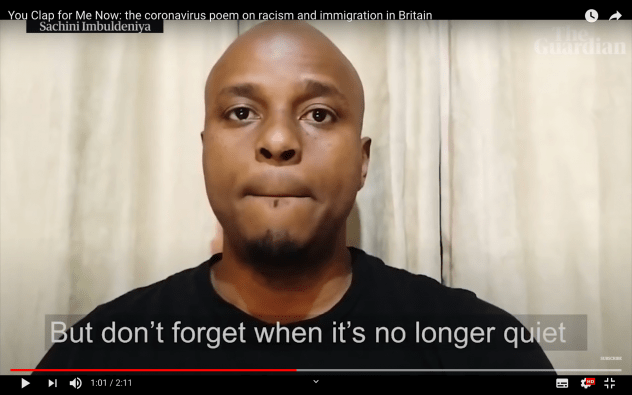Gordon Parks was an African American photographer who was best known for raising awareness about race, gender and socioeconomic inequality by capturing the lives of many people through his photographs. ‘The Restraints: Open and Hidden’ is a photo essay published by Gordon Parks in 1956 which documents the everyday life of an extended African American family living in Alabama under the Jim Crow laws, which legalised racial segregation. Parks’ photo essay offers a different perspective on American culture, the side which is hidden from the rest of society – the daily lives of African Americans who live under racial segregation laws. Through his photography, Parks suggests that the various forms of inequality present on African Americans cause their lives to have great discrepancies compared to the lives of the rest of America, and it also causes African Americans to be stereotyped in such a way that doesn’t reflect their true selves. However, Parks suggests that despite this prejudice imposed upon them, African Americans continue to show love and care for their families, and protect them from all the inequalities bestowed upon them.
(link to the annotated photographs)
Parks uses the juxtaposing mise en scene of the boy holding the gun in the foreground and the three children reading a book in the background to convey the effects of the segregation laws on African American children. The children, who are reading a book in the background, are framed by the doorway of the room that they are in, hidden away from the rest of society, while the boy holding the gun is placed outside the room, exposed to the real world. By framing the kids with the door, Parks suggests that the world the kids are in is different from the world that the boy holding the gun is in. The children are in a place where they are free to pursue education and be curious, they are oblivious to the segregation laws and the other inequalities prevalent in society, such as gender inequality because the girl is reading the same book as the other two boys. They all are equal and balanced in the world they are in, which contrasts with the imbalance associated with the boy holding the gun since his chair is tilted back. Furthermore, the boy with the gun is exposed to the outside world and to the segregation laws and inequalities that are bestowed upon African Americans. The gun he is holding, which symbolises the violence and danger that African Americans are associated with, is in the centre of the frame. The juxtaposition between the gun on the outside and the book on the inside suggests that although African Americans are seen as violent and dangerous people, in reality, they are peaceful and innocent children full of curiosity and a passion for learning. It could also imply that once African American children are taken out of their perfect little world and exposed to racial inequality, since they are prevented from obtaining the same opportunities as the rest of society and developing their curiosities, their passion for learning turns into spite and violence. This is reinforced through the dull colour scheme of this photograph, which illustrates the lack of any brightness or luxuries in African Americans’ lives hence highlighting how different their lives are compared to the rest of America, therefore causing the children to develop feelings of spite and anger. However, by placing the boy in the foreground and in front of the door, Parks suggests that he has more power than the children and is preventing them from leaving the room, hence conveying that the boy is protecting the children from prejudice and segregation faced by African Americans. This could also emphasise the measures that African Americans take to ensure that the younger generations maintain their innocence and face minimal prejudice.



